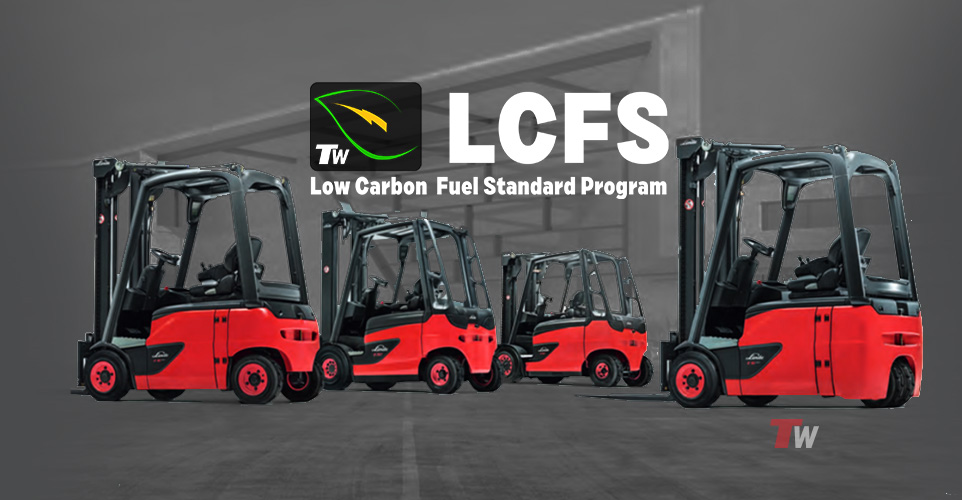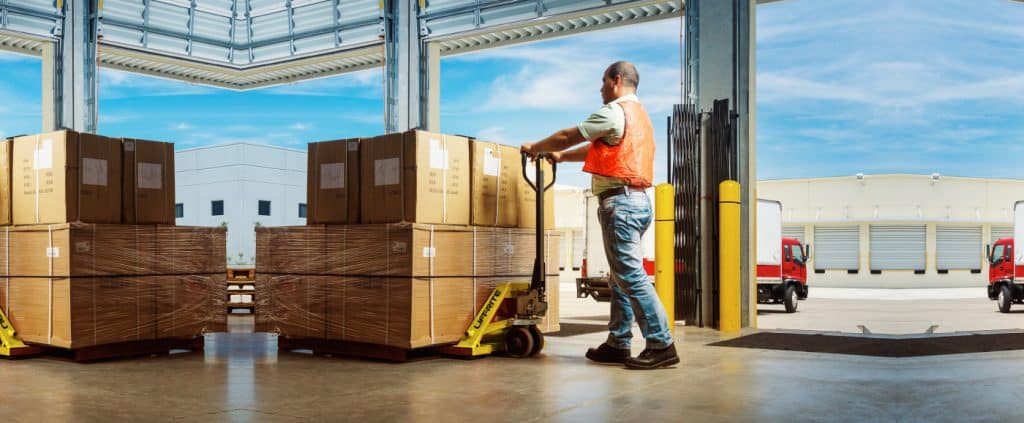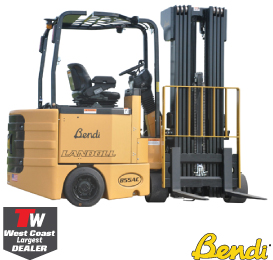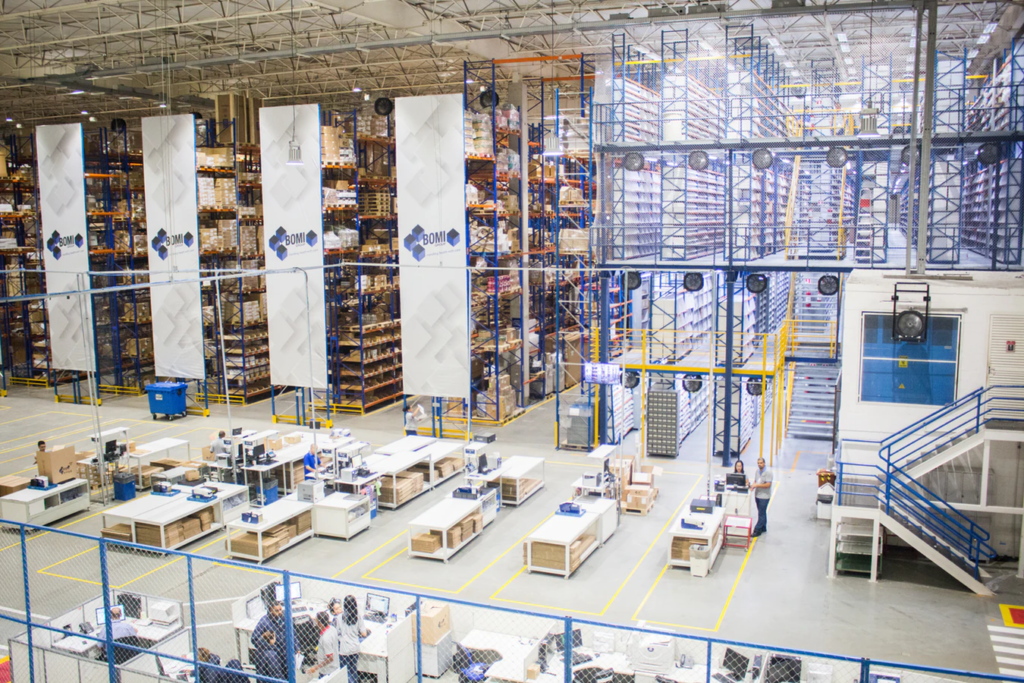Key Takeaways
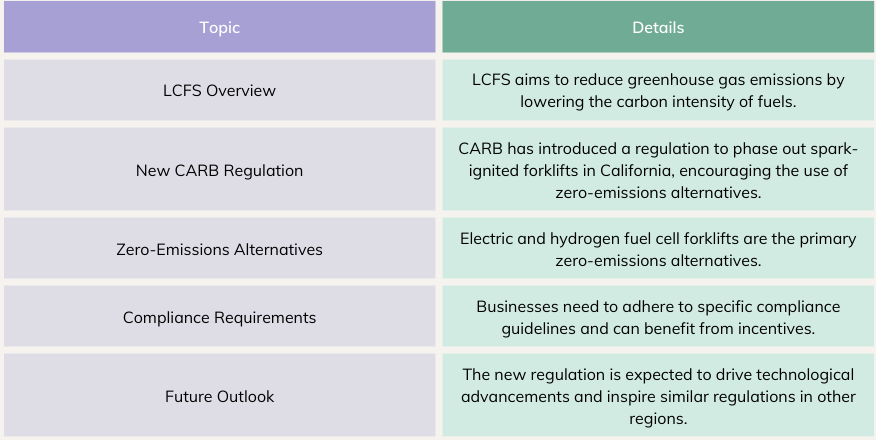
Introduction to LCFS and Emission Regulations
The Low Carbon Fuel Standard (LCFS) is a vital regulatory measure aimed at mitigating climate change by reducing greenhouse gas emissions from the transportation sector. This standard mandates a reduction in the carbon intensity of fuels, promoting cleaner energy sources. Implemented primarily in California, the LCFS has significantly influenced policy frameworks globally.
The California Air Resources Board (CARB) plays a crucial role in enforcing LCFS regulations. CARB is dedicated to safeguarding public health and the environment through effective reduction of air pollutants. Their stringent regulations have set a high standard for environmental policies, encouraging other states and countries to follow suit.
Recently, CARB introduced new regulations targeting the material handling equipment sector, specifically forklifts. This initiative aims to phase out spark-ignited forklifts and promote zero-emissions alternatives, marking a significant shift towards sustainability in the industry.
New CARB Regulations for Spark Ignited Forklifts
CARB’s latest regulation is a game-changer for the forklift industry. It mandates the gradual phase-out of spark-ignited forklifts, which are traditionally powered by propane, gasoline, or natural gas. The regulation encompasses:
- Prohibition Timeline: Starting in 2026, manufacturers are banned from producing or selling Class IV and Class V spark-ignited forklifts for use in California.
- Large Fleet Phase-Out: Beginning in 2028, large fleets (26 units or more) must phase out these forklifts, following a schedule based on the model year.
- Small Fleet Phase-Out: Smaller fleets must comply starting in 2029.
Phase-Out Timeline
| Year | Action Required |
|---|---|
| 2026 | : Ban on production and sales of new spark-ignited forklifts |
| 2028 | : Large fleets begin phase-out by model year |
| 2029 | : Small fleets begin phase-out |
This regulation addresses over 89,000 spark-ignited forklifts currently in operation in California. By 2031, it is estimated to reduce nitrogen oxide emissions by over 2 tons per day, equivalent to removing 1.2 million miles traveled by gasoline-powered cars. This bold move underscores California’s commitment to achieving carbon neutrality by 2045 and sets a precedent for other regions to follow.
Zero-Emissions Alternatives for Forklifts
To comply with the new regulation, businesses must adopt zero-emissions alternatives. The primary technologies are electric forklifts and hydrogen fuel cell forklifts.
Electric Forklifts
Electric forklifts operate on rechargeable batteries, typically lithium-ion or lead-acid. They offer several benefits:
- Cost Efficiency: Lower operating and maintenance costs compared to internal combustion models.
- Environmental Impact: Zero tailpipe emissions reduce the environmental footprint.
- Indoor Air Quality: Ideal for indoor operations, as they do not emit harmful gases.
Hydrogen Fuel Cell Forklifts
Hydrogen fuel cell forklifts generate electricity through a chemical reaction between hydrogen and oxygen. Their advantages include:
- Quick Refueling: Similar to traditional fuels, hydrogen forklifts can be refueled in minutes.
- Extended Operation: They provide longer operational times on a single refueling.
- Sustainable: Hydrogen production from renewable sources enhances sustainability.
Comparison of Zero-Emissions Forklift Technologies
| Feature | Electric Forklifts | Hydrogen Fuel Cell Forklifts |
|---|---|---|
| Refueling Time | Hours (charging) | Minutes |
| Operational Time | Moderate | Long |
| Initial Investment | Lower | Higher |
| Maintenance | Low | Moderate |
The transition to zero-emissions forklifts presents both opportunities and challenges. While the initial investment may be higher, the long-term benefits in terms of reduced operating costs and regulatory compliance make it a strategic move.
Compliance Requirements and Incentives
Compliance with the new CARB regulations requires businesses to take specific steps. Understanding these requirements and leveraging available incentives can facilitate the transition.
Compliance Requirements
a. Inventory Review: Assess current forklift inventory to identify models needing phase-out.
b. Transition Plan: Develop a comprehensive plan for transitioning to zero-emissions forklifts, including timelines, budget, and training.
c. Regular Reporting: Submit progress reports to CARB on the phase-out and adoption of zero-emissions forklifts.
Incentives and Funding Programs
Several incentives and funding programs are available to support businesses:
a. CARB Grants: Financial assistance for purchasing zero-emissions forklifts.
b. Federal Tax Credits: Tax incentives for investing in clean energy technologies.
c. Local Rebates: Additional financial assistance from local programs.
Available Incentives and Funding Programs
| Program | Description |
|---|---|
| CARB Grants | : Financial assistance for purchasing zero-emissions forklifts |
| Federal Tax Credits | : Tax incentives for investing in clean energy technologies |
| Local Rebate Programs | : Additional rebates provided by local government agencies |
Future Outlook and Industry Impact
The new CARB regulation is poised to transform the forklift industry. The shift towards zero-emissions alternatives will drive technological advancements and innovation.
Long-Term Implications
a. Technological Innovation: The demand for zero-emissions forklifts will spur the development of more efficient and cost-effective technologies.
b. Industry Leadership: Early adopters will set industry standards, gaining recognition as sustainability leaders.
Predictions for Other Regions
California’s regulations may serve as a model for other states and countries. As global efforts to reduce greenhouse gas emissions intensify, more regions are likely to implement similar measures.
Final Thoughts
The evolution of forklift emissions standards reflects a growing commitment to environmental sustainability. Businesses that proactively adapt to these changes will benefit from reduced operating costs, compliance with regulations, and enhanced reputational value. The future of the forklift industry is green, and embracing zero-emissions technologies is essential for a sustainable tomorrow.
FAQs
Q1: What is the Low Carbon Fuel Standard (LCFS)?
The LCFS is a regulation aimed at reducing greenhouse gas emissions by lowering the carbon intensity of fuels used in transportation and industrial equipment.
Q2: What are the new CARB regulations for forklifts?
CARB has introduced regulations to phase out spark-ignited forklifts in California, encouraging the adoption of zero-emissions alternatives such as electric and hydrogen fuel cell forklifts.
Q3: What incentives are available for businesses transitioning to zero-emissions forklifts?
Incentives include CARB grants, federal tax credits, and local rebate programs designed to offset the cost of purchasing zero-emissions equipment.
